About Miranda de Ebro
It’s a small city located on the Ebro River in the province of Burgos. In addition, it is also a significant part of the autonomous community of Castile and Leon in Spain. Despite being an underrated town, Miranda de Ebro is a beautiful tourism destination. Here you will find several historical sites, mountainous regions, castles, etc. to admire while exploring its chronicle events.
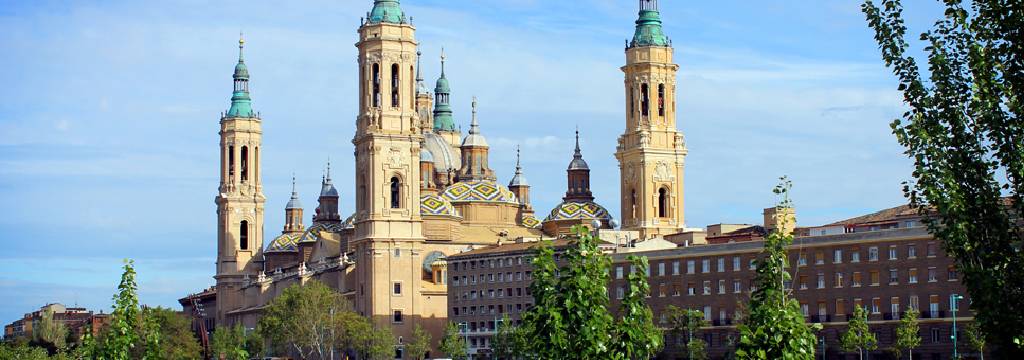
On another note, the city has a major industrial economy focusing particularly on the chemical industry of Spain. Besides, it also serves as an important transportation hub for the province, especially the railroad junction. There are a lot of hidden and unknown facts of this place, you should know prior to visiting here. So, take a good read of our tour guide and learn in-depth stories of this town.
Population
The town has an estimated population of 35,528 as per National Institute of Statistics. It is stretched over to an area of 101.3 km, connecting it with other districts of Castile and Leon. According to studies, there has been an initial drop of 0.83% in the citizenry as compared to the 2011 population census. In addition, the current population density of the town is 350.6/km.
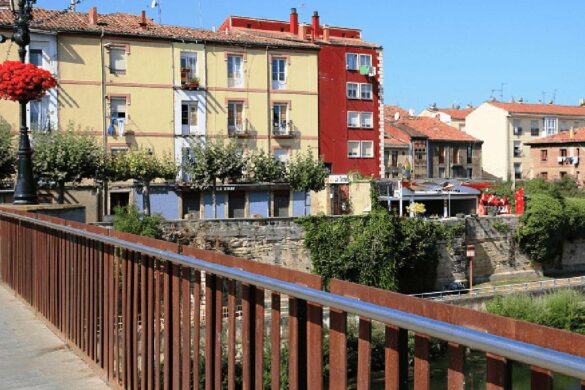
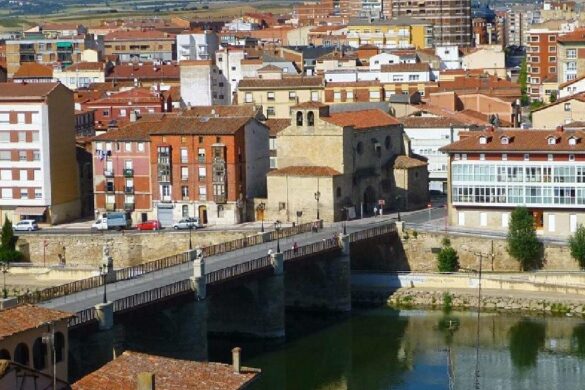
Geography
The city of Miranda de Ebro is located in the northeastern part of the province of Burgos, 80 kilometers from Madrid. The coordinates of the city are: latitude 42° 41′ 6″ N, longitude 2° 55′ 60″ W and is 471 meters above sea level, according to the National Geographic Institute. Additionally, the city is divided into two parts by the river Ebro. The old part is named Aquende and the new part is named Allende.
History
The first settlements in the area date from the Iron Age. The Roman ruins of Arce displaying the history of Miranda de Ebro are located only 3 kilometers away. Locals say that the Roman city of Deóbriga was built there.
The earliest mention of the name of Miranda de Ebro is in the Codex Vigilanus, which describes the famous expedition that Alfonso I of Asturias undertook in 757. This codex discusses destroyed localities, one of which was Miranda.
Furthermore, the arrival of the railway in 1862 marked the beginning of the industrial revolution in the city. The junction of the lines from Madrid to Irun and Castejón to Bilbao was created at Miranda railway station. As a result, it became the most important rail junction in northern Spain.
In 1907, King Alfonso XIII granted city status to Miranda. Thereafter, the actual development of the town started and turned out to be the beautiful place it is today.
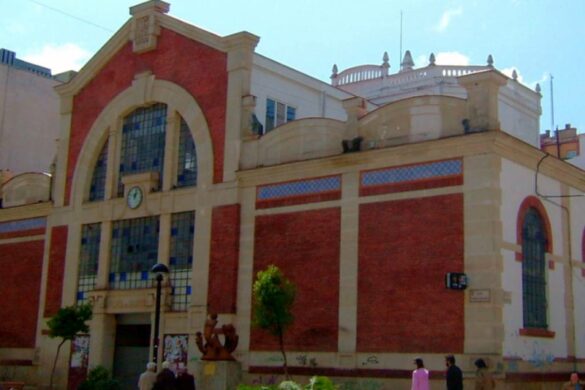
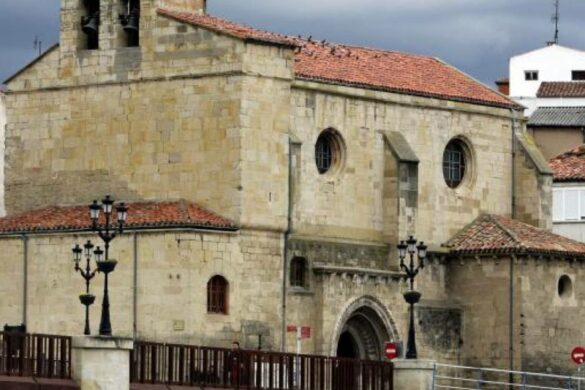
Religion
The religion of the city is highly dominated by Catholicism and is the most followed religion here. According to the study of Sociological Research Center, 76.8% of residents are considered Catholics (43.2% Non-Practising and 33.6% Practicing), non-believers 20.3%.
According to the same study, only half of self identifying Catholics go to the Chapel regularly. In addition, those who come under “practicing Catholics”, visit there more regularly than those considered “non practicing.” The remaining 1.7% residents are considered the believers of other religions.
Culture
The city is highly known for its rich heritage and distinctive culture. In addition, it’s the place where you can find so many beautiful attractions brimming with Spanish culture. Termed as the city of castles, many remarkable citadels here are admired and perfectly portray the ancient tales of Castile and Leon.
Language
The official language in this town is Spanish. However, this version of Spanish is called Castilian Spanish. It is the language that is heard, spoken, and taught throughout the region, as well as the majority of Spain. Over time, Castilian Spanish has changed into what is known as Latin Spanish in America; however, the former is still heard in Spain.
Currency
The official currency used here is the Euro (€).
Governance
The Junta of Castile and León is the governing and administrative body of Castile and León and serves as the executive branch and regulatory authority. In addition, Miranda de Ebro operates under the rule of this governing body.
Moreover, it comprises the President of the Junta, the vice-presidents and the ministers. The function of the Junta is to govern and administer the autonomous community. The President of the Council is the ultimate representative of the community. The elected head is responsible for directing the actions of the Junta of Castile and León and plays a coordinating role among Council members.
Climate
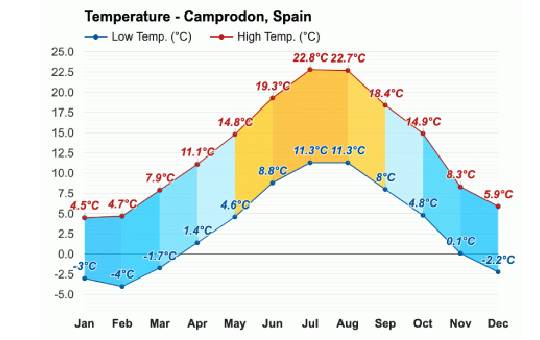
The town features a Continental Mediterranean Climate, with long, cold winters and short, hot summers. The average temperature in winters stays between 3 and 6 °C, whereas in summers, it tends to lie between 19 to 22 °C. As for the precipitation, the average amount of rain here is 450–500 mm per year, which is scarce and accentuating in the lower lands.
When to Go
If you’re planning a vacation in this city, then the first thing you need to think about is the best time to visit. That said, the best time of year to visit here is from late June to mid September. According to experts, these are the perfect months to explore the place while enjoying the warm-weather adventures the city has to offer.
Travel
All persons entering Spain through land, sea or air need to present at least one document to the border police. What document(s) you will need to carry with you when you travel to Spain, all depends on your nationality.
If you are a traveler from one of the EU/EAA countries, all you need to carry with you is a valid personal identity card or passport.
However, if you are a non-EU/EEA traveler, you will need to present several documents to the border police when you show up at the Spanish port of entry. The required documents are as follows:
- A valid passport or travel document. Valid for at least three more months beyond your planned date of exit and issued within the last 10 years.
- A visa – if you are subject to the Spanish visa regime.
- Proof of accommodation. A document that shows where you will be staying during your time in Spain.
- A return or round-trip ticket. Or proof of onward travel, if you do not plan to return to your home country upon the end of your stay in Spain.
- Documents proving your purpose of entry.
Depending upon your purpose to visit, there are different kinds of visa categories available. However, the most popular categories are for either business or tourism. Hence, you can opt for one of the following:
- Spanish Tourist Visa – for those wishing to visit Spain for holidays or sightseeing.
- Spanish Visitor Visa – for travelers who want to visit friends or family members residing in Spain.
- Spanish Business Visa – for business people who need to attend business-related activities in Spain.
The ID and Documentation requirements to visit Spain varies from country to country. Furthermore, it also depends on your nationality, health status, criminal record, and purpose of the visit. The ID and documents required to enter the territory of the country are:
- Spanish visa application form. Fill out the form, print it, then sign it at the end, and present it at the airport when asked.
- Two passport photos. The photos should be of passport format – a recent whole-face capture with a light background.
- Your valid passport. Make sure your passport meets the following criteria:
- It has two blank pages in order to affix visa,
- It is not older than 10 years,
- It has a validity of at least three more months beyond the date you plan to leave Spain and the whole territory of Schengen.
- Copies of:
- all the pages of the travel passport.
- your previous visas.
- other valid or expired travel passports.
- all the pages of other valid or expired travel passports.
- Spain Travel Health Insurance. Prior to your visa application, you should obtain travel health insurance for the whole territory of Spain and all the other Spanish states. Your insurance must cover medical emergencies with a minimum of
€ 30,000, including repatriation in case of death.
Before traveling to Spain you should prepare the necessary information needed for mandatory security checks to prevent delays at the Airport. To learn more about the security and customs guidelines while traveling here, you can check out the official customs regulation website and acknowledge the items you’d have to pay custom duty for.
Moreover, the prohibited items as per the Spanish Federal Law are:
- Alcoholic beverages over 70% by volume
- Batteries
- Cutting instruments
- Defense sprays
- Electronic cigarettes like vapor or e-cigarettes
- Explosives
- Firearms and ammunition
- Flammable items, liquids or solids
- Gasoline powered tools
- Self-inflating life jackets
- Scissors and tools
- Baseball bats, paddles, skateboards, and billiard cues
- Fishing rods and martial arts equipment.
- Hoverboards
- Liquids in containers over 100 ml and a total exceeding 1 L.
- Mobility Devices
- Lighters and Matches
- Pressurized containers/compressed gasses
- Self-heating meals
- Smart bags
The major airport in the city is Vitoria Airport (VIT) which connects the city with all major destinations. It is located in the Foronda district and is 27 miles away from the town.
Vitoria Airport is the most significant airport located in the autonomous community of Basque. Providing various domestic as well as international destinations, it serves 160,000 passengers on an annual basis.
Also, if you’re looking for an accommodation nearby you must pre-book for a hassle free experience. Fortunately, there are several hotels available near the airport, which offer easy airport pick-up and drop-off.
Vitoria Airport Customer Support Number (24*7)
+34 913 21 10 00
Custom and Immigration
Location: N-624, 01196 Vitoria-Gasteiz, Álava, Spain
Contact Info: 250-953-7536
Emergency and Medical Assistance
Dial 112 from a courtesy phone, a payphone or cell phone in an emergency. For medical emergencies, professional medical assistance is available 24×7 at the airport.
Lost and Found
Contact Vitoria Airport TSA Lost & Found at 250-953-7511.
The most popular airlines flying to and from Girona Airport are- Brussels Airlines, Binter Canarias, LOT Polish Airlines, Ryanair, Smartwings, Transavia, TUI Airways, TUI Fly Belgium, etc.
If you’re wondering how to travel around here, then there are a lot of options you can choose from.
- Bus
Offering several routes in the city, buses are the most convenient mode of transport for travelers here. Besides, the routes covered by buses are beyond the parameters of a taxi and are comparatively cheaper. You can also take a bus ride to reach the surrounding regions and the rest of Burgos Province. - Taxi
If you’re planning to hail a taxi in the city, then you can easily find one at the railway station, the bus station, and at the airport. You can simply hire a taxi from one of these places and reach your preferred destination. Moreover, the most popular taxi service here is Taxi Luis El Acebo de San Miguel, and offers affordable rides throughout the town. - Car Rentals
Though the taxi service isn’t widespread here as compared to local buses, the cab services open across the town. There are several cab service providers available in the town, you can choose to hire. The fare is usually €10 minimum for taxis leaving the airport, and the average cost for the 12-mile ride downtown is €10 to €15.
Accommodation
The Windy City offers a good range of hotels to its guests. Chicago has over 140 hotels and 45,000 rooms in its Central business district. From luxury hotels to affordable B&Bs, Chicago accommodates all kinds of guests.
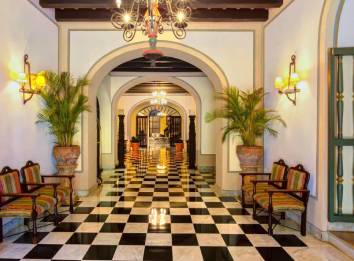
Hospederia El Convento
Location: C. San Francisco, 15, 09200 Miranda de Ebro, Burgos, Spain
Contact: +34 947 33 27 12
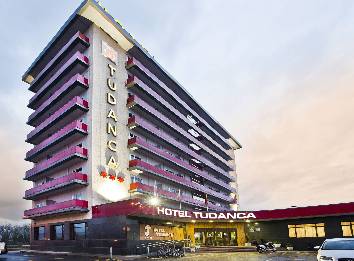
Hotel Tudanca Miranda
Location: Carretera Nacional I, km. 318, 09200 Miranda de Ebro, Burgos, Spain
Contact: +34 947 31 18 43
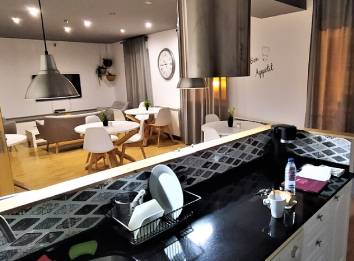
Tinto Dreams Hotel
Location: C. Ventilla, 30, 1º, 26200 Haro, Spain
Contact: +34 605 43 80 91
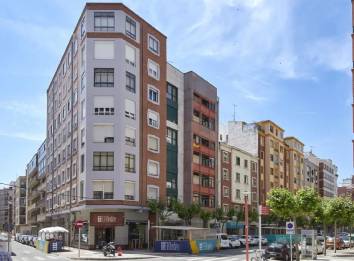
Hotel Achuri
Location: C. La Estación, 86, 09200 Miranda de Ebro, Burgos, Spain
Contact: +34 947 34 72 72
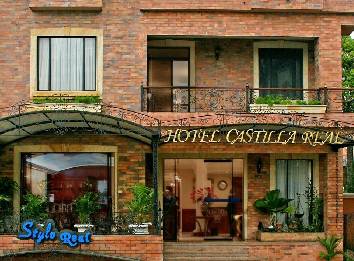
Hotel Castilla
Location: C. Logroño, 14, 09200 Miranda de Ebro, Burgos, Spain
Contact: +34 947 32 40 27
Services
When in Catalonia, call 112 in case of any emergency. In addition, the Emergency Medical Services Department of Miranda de Ebro offers medical assistance to all the residents and tourists visiting here. Furthermore, below are the contact numbers of emergency services.
Hospital Santiago Apostol
Address: P.º Orón, 09200 Miranda de Ebro, Burgos, Spain
Contact: +34 947 34 90 00
Website: https://www.saludcastillayleon.es/en
Medical Center Miranda
Address: C. Cdad. de Vierzon, 27, 09200 Miranda de Ebro, Burgos, Spain
Contact: +34 947 34 78 42
Website: https://cmmiranda.com/
Maria Antonia Abad Antolin Pharmacy
Address: C. Condado de Treviño, 36, B, 09200 Miranda de Ebro, Spain
Contact: +34 947 33 62 06
Website: https://www.farmaciamariantoniantolin.es/
All the tourists traveling to Spain are required to get their insurance coverage before departing from their home country. From medical to travel insurance, visitors should ensure they are completely insured.
Why is insurance necessary?
Travel insurance is necessary for unexpected losses or expenses such as missing flights, losing luggage, stolen cash, and missing passport.
Gas, Electric, Phones, Cable TV service
Contact: +34 915 68 74 97
Fire Department
Contact: +34 947 31 00 00
Etiquette
- Dress Code
Despite being a small town, it always goes for open-mindedness when it comes to clothes and design. Moreover, there is a whole variety of different clothes and styles worn here without any criticism. However it is fair to say that modesty is generally valued here and Catalans tend to dress conservatively. - Drinking
Drinking alcohol in the city is completely allowed as long as you’re above 18 years of age. Drinking publicly in Spain is entirely prohibited; however, you can still have a mug of beer or so at cafes and bars. According to Spanish law, selling or serving alcohol to minors under the age of 18 will be fined with a minimum penalty of € 30,000 and a maximum penalty of € 600,000. - Tipping
Tipping culture in Spain does exist, but isn’t a legal requirement. You definitely won’t insult anyone for not leaving a tip. However, if you decide to leave one, you still won’t insult them either for showing some gratitude. - Photography
You are allowed to take photographs and videos in public places, unless it is for criminal purposes. There will be places where you have access as a member of the public, but will have to ask permission or may be prevented altogether. Besides, there are tons of spots in the city itself, where you can click pictures and cherish the moments.
Neighborhood
Despite being a small town in Castile and Leon, it surrounds beautiful neighborhoods you can check out during your next trip. That said, the city has thirteen major neighborhoods listed below. So, let’s have a look at each of these boroughs, which is also considered as one of the best things to do here.
- Aquende
Also called Casco Viejo, it is the first settlement of the city of the community. It is located on the right bank of the Ebro and on the slopes of La Picota hill, retaining its medieval flavor. The Town Hall, the Apolo Theater, the San Francisco convent, as well as numerous palaces and churches are located there and is the most important leisure area in the city, especially on weekends. - Allende
It is the second oldest neighborhood in the city after Casco Viejo. It is located on the left bank of the Ebro river and emerged after the construction of a bridge over it. Moreover, it is a residential neighborhood whose architecture dates from the late 19th and early 20th centuries. The Church of the Holy Spirit is located in this neighborhood. - Anduva
It’s a renowned neighborhood that emerged in the second half of the 20th century. The tower buildings, and numerous facilities such as schools, church, sports and cultural centers make this place stand out. - Barriada de San Juan
It is a working-class neighborhood built in the first half of the 20th century. This is the borough, where the workers of the old municipal slaughterhouse once lived. - Bardauri
The Bardari neighborhood is located two kilometers away from the city. Interestingly, its name comes from the Castilianization of Vardaffory. In this neighborhood, you will find the 12th century building: The Church of Santa Marina. - Bayas
This neighborhood is located on the banks of the Bayas river that gives it its name. Furthermore, a few meters away is the Bayas Industrial Park and the Bayas Multifunctional Pavilion. The best example of art in Bayas is the church of Santa Ana, which was built in the 16th century. - Ensanche
It is the largest and most densely populated neighborhood in Miranda de Ebro. It was founded at the beginning of the 20th century with the reform carried out by Federico Keller. It has a typical orthogonal area that organizes the blocks in a grid and the perpendicular streets, and is currently in the process of pedestrianization. - El Crucero
This neighborhood is a residential development located 2 km away from the town center. In this area you will have tons of things to explore. From casual bars and restaurants to prominent hotels and gardens, there is so much to appreciate in this borough. - La Charca
The neighborhood of La Charca is located to the east of the city and has recently undergone a crucial transformation. In this neighborhood, you will also find the largest and the most popular park, the Alcalde Emiliano Bajo Park. - Las Matillas
This neighborhood is located on the northern side of the city. It is separated from the urban nucleus by the railway facilities and by the N-1 road. The name Matillas comes from the small bushes or bushes which populate this area. - Los Angeles
It is a beautiful neighborhood of this city that was inaugurated in 1948 with the aim of housing the workers of the paper company FAFSA. - Los Corrales
This neighborhood is located on the way to the place of San Juan del Monte. In the past it was a cattle and agricultural neighborhood, from where it received its name. Next to the neighborhood, you will find the model airplane runway and the municipal landfill. - Miranda Sur
It is the last neighborhood in the city project, which extends from the expansion to the Bayas River. Moreover, the construction of this neighborhood is still in progression with an aim to carve it into a “garden city” structure. The new football stadium will be located there. In this neighborhood the construction of some 2,000 homes is expected.
Museums and Culture Tour
The Church of San Nicolas
Castles of Portilla
Museum of Lanterns and Altamira
The Church of Santa Maria
The Church of San Nicolas
Castles of Portilla
Museum of Lanterns and Altamira
The Church of Santa Maria
Miranda de Ebro Sightseeing
Botanical Garden of Miranda de Ebro
Hawthorn Monastery
Obarenes Mountains
Castle of Miranda de Ebro
Botanical Garden of Miranda de Ebro
Hawthorn Monastery
Obarenes Mountains
Castle of Miranda de Ebro
Miranda de Ebro Food and Wine Tour
If you’re thinking about where to eat in Miranda de Ebro, then here comes a list of all the eateries you can have a delicious bite in. Additionally, the city boasts plenty of fancy as well as casual restaurants, which oftenly attract tourists visiting here.
With a decent amount of fine dinings, this foodie town pays considerable respect to culinary traditions of Spain. The creative chefs here are gifted with a talent to sprinkle flavors of the Spanish culture in each dish they prepare. So, let’s explore the list of top-rated delectable restaurants this city has to offer.
High End Dining
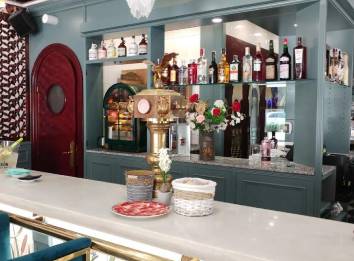
La Tarara
Address: C. Rda. del Ferrocarril, 27, 09200 Miranda de Ebro, Spain
Contact: +34 947 99 01 53
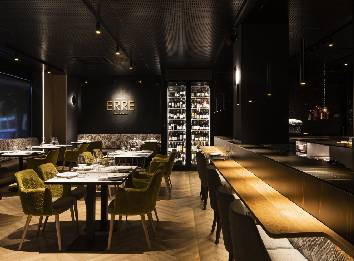
Erre de Roca
Address: C. Rda. del Ferrocarril, 37, 09200 Miranda de Ebro, Spain
Contact: +34 947 29 14 58
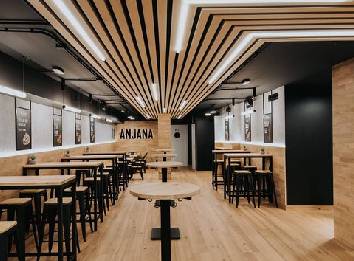
Restobar Nuevo Ebro
Address: C. San Juan, 3, 09200 Miranda de Ebro, Burgos, Spain
Contact: +34 947 02 03 89
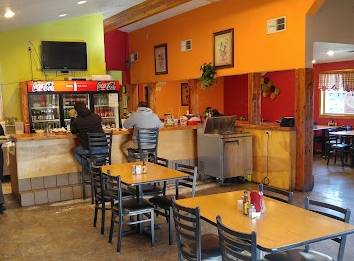
Antojito Mexicano
Address: C. Logroño, 14, 09200 Miranda de Ebro, Burgos, Spain
Contact: +34 947 01 06 71
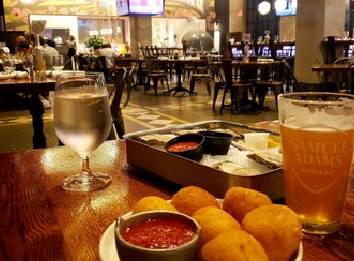
Tombola Gastro Bar
Address: Plaza de Espana 11, 09200 Miranda de Ebro, Spain
Contact: +34 947 10 97 75
Casual Dining
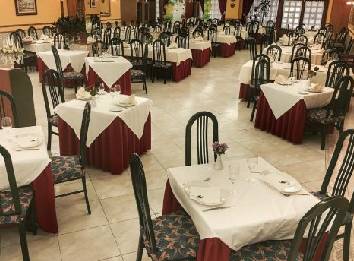
Duque de Frías Restaurante
Address: C. Vitoria, 39, 09200 Miranda de Ebro, Spain
Contact: +34 947 32 42 04
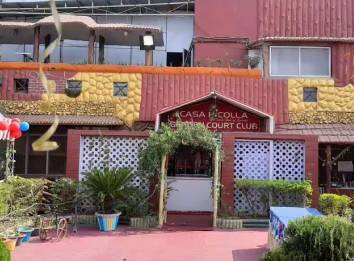
Casa Picona
Address: Calle Estación, C. Rda. del Ferrocarril, 53, 09200 Miranda de Ebro, Spain
Contact: +34 947 33 09 42
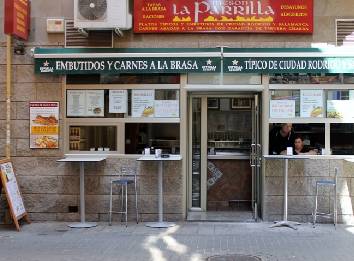
Meson La Parilla
Address: C. Arenal, 110, 09200 Miranda de Ebro, Spain
Contact: +34 659 76 66 50
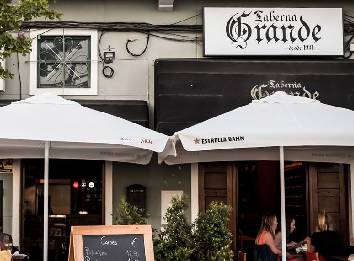
La Taberna Grande
Address: C. San Juan, 25, 09200 Miranda de Ebro, Spain
Contact: +34 947 33 33 58
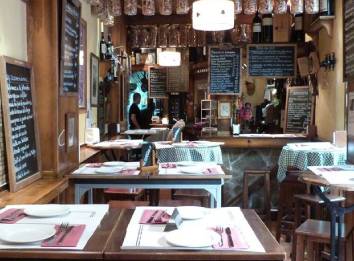
Taberna Cervantes
Address: C. Rda. del Ferrocarril, Nª 21, 09200 Miranda de Ebro, Spain
Contact: +34 660 40 03 28
Bars & Lounges
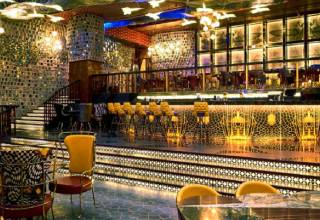
Pub Un Bar
Address: C. Los Hornos, 36, 09200 Miranda de Ebro, Spain
Contact: +34 620 27 58 82
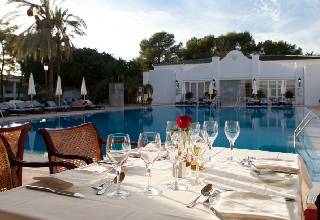
Los Monteros
Address: C. Vitoria, 10, 09200 Miranda de Ebro, Spain
Contact: +34 947 65 87 15
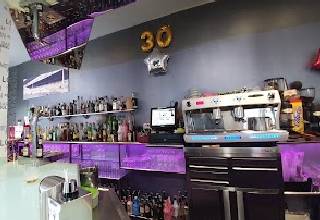
Cafe Rock Donald
Address: C. del Cid, 13, 09200 Miranda de Ebro, Spain
Contact: +34 947 33 01 48
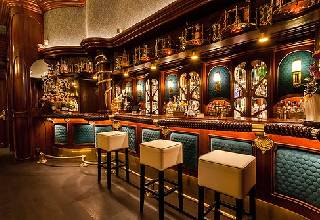
Bar Bilbao
Address: C. Cdad. Jardín, 1, 09200 Miranda de Ebro, Spain
Contact:
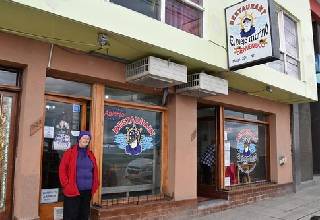
Bar Viejo
Address: C. del Olmo, 4, 09200 Miranda de Ebro, Spain
Contact: +34 650 42 21 31
Spas & Wellness Resorts
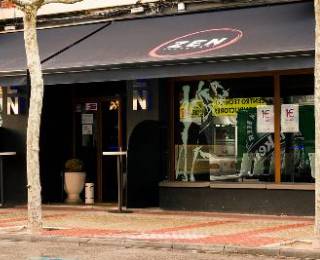
Centro Mens Corpore
Address: C. Lerma, 1, 09001 Miranda de Ebro, Spain
Contact: +34 947 20 86 58

Feeling Butterflies Aesthetic Center
Address: C. Segovia, 3, 09004 Miranda de Ebro, Spain
Contact: +34 629 67 55 84
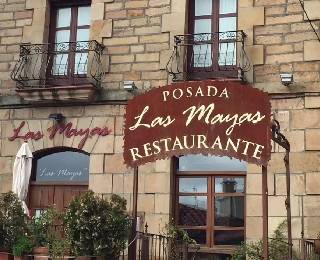
Posada Las Mayas
Address: C. Cerro, 5, 09670 Quintanar de la Sierra, Miranda de Ebro, Spain
Contact: +34 947 39 56 09
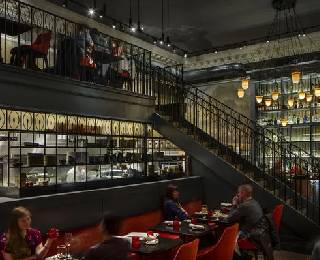
Ultreia
Address: bajo interior, Pl. de Alonso-Martínez, 1, 09003 Burgos, Spain
Contact: +34 675 28 29 44
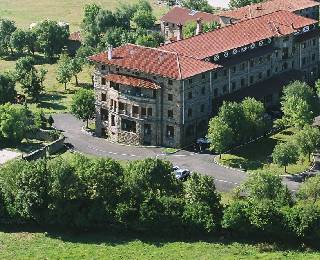
Balneario de Corconte
Address: Poblado Cabañas de Virtus, 09572, Burgos, Spain
Contact: +34 947 15 42 81